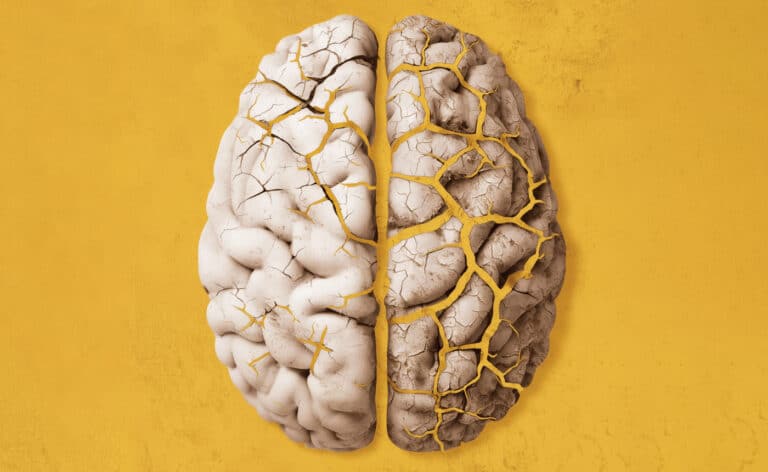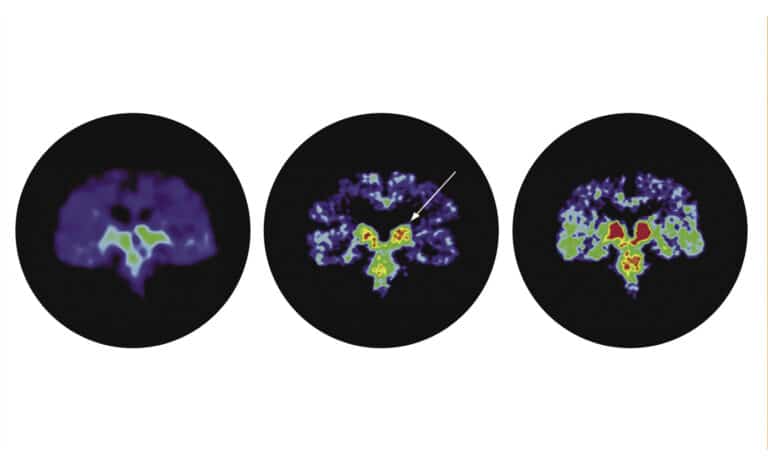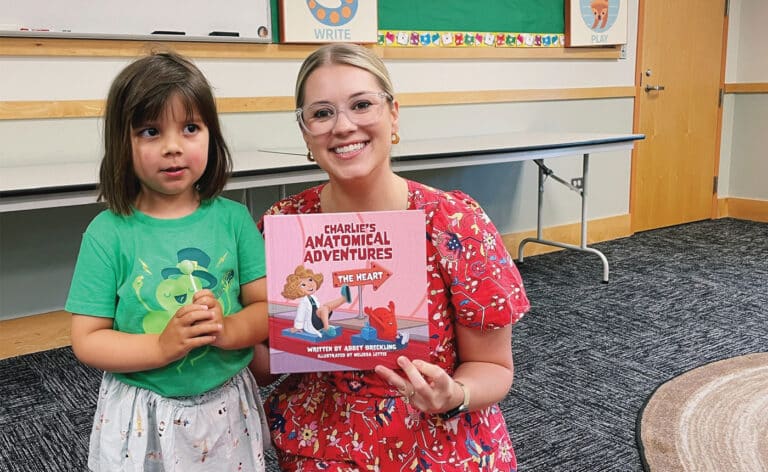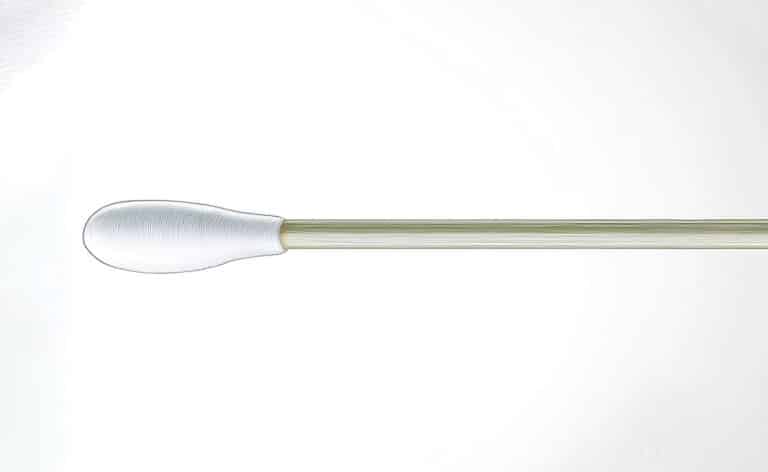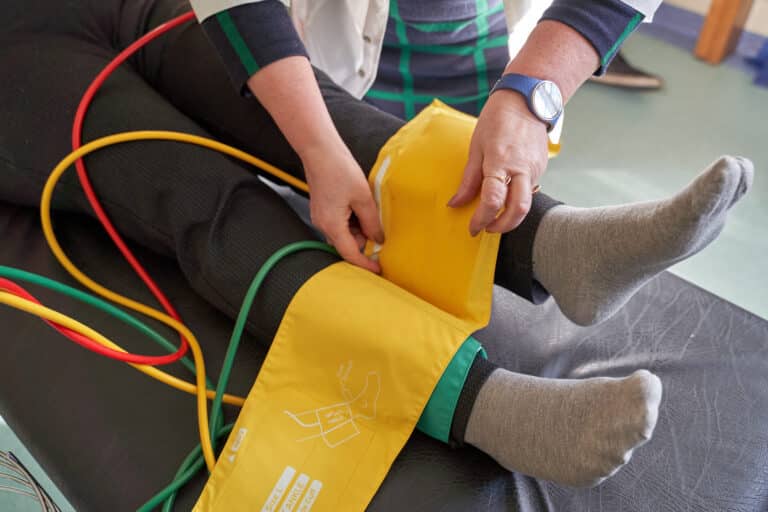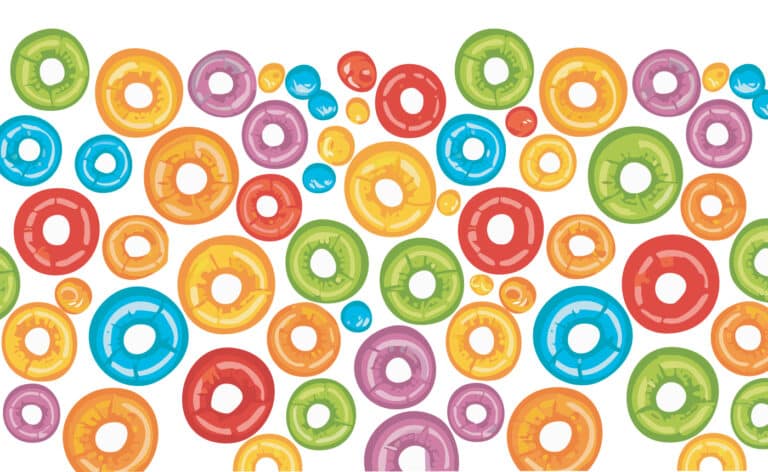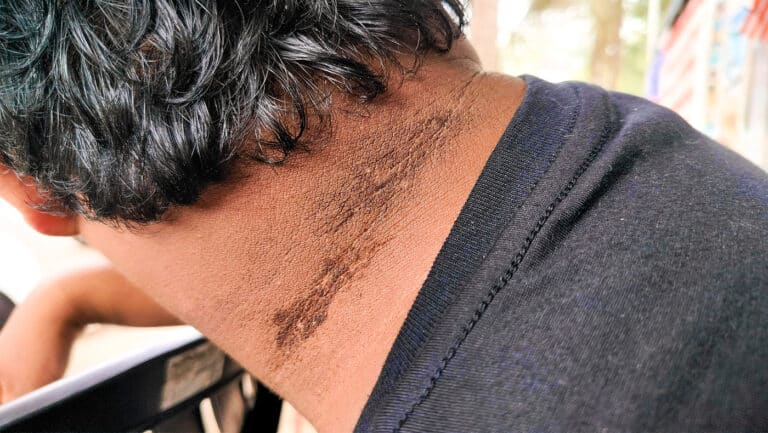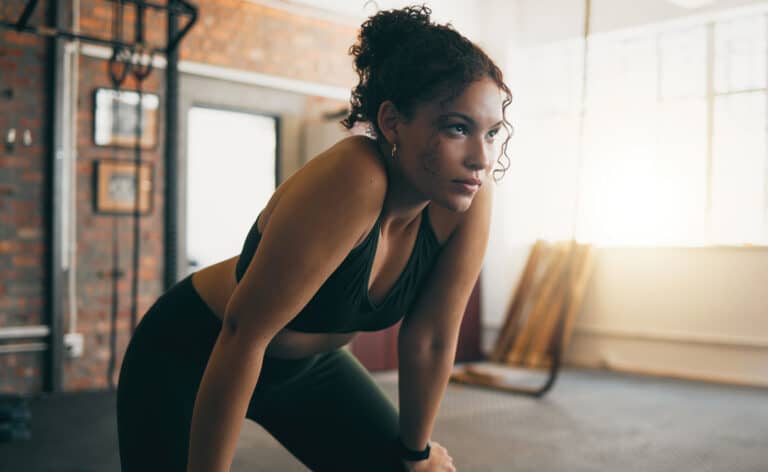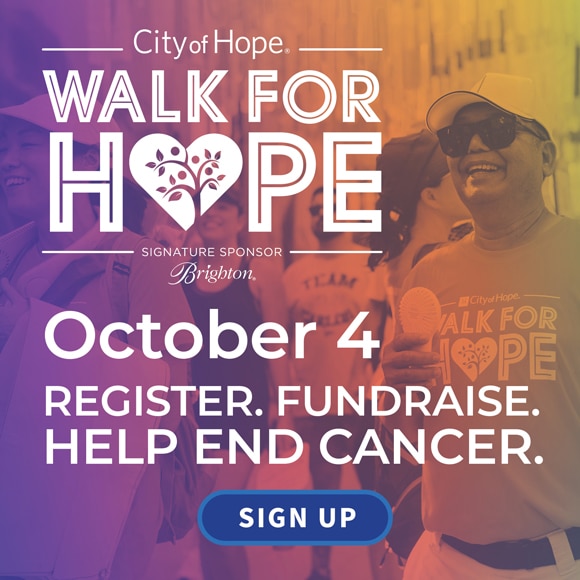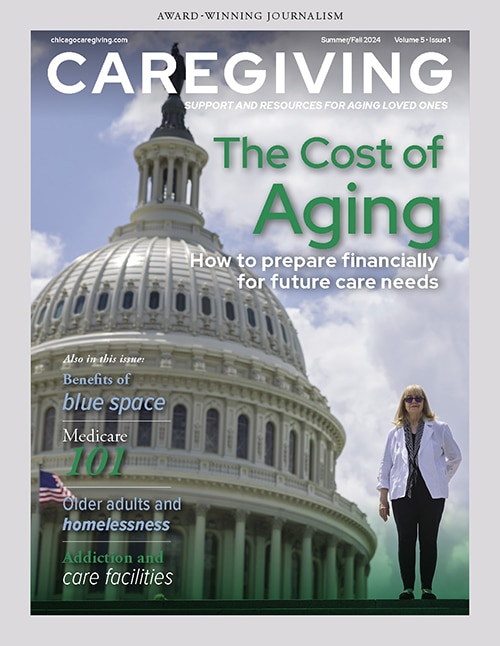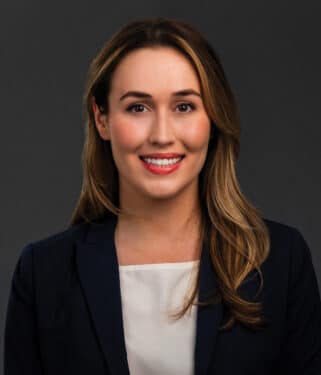
Weird Skin
By Emily Siegel, DO
Interview by Stephanie Bouchard
Fact checked by Shannon Sparks
Q: I’m overweight, and I’m seeing some unusual things going on with my skin, like between my butt cheeks and under my arms. What do I do about it?
A: There are common skin conditions that we see in people who are overweight and those who are heavily muscled. Most are not painful or serious on their own, but sometimes they can indicate other health issues or develop into more troublesome problems.
Acanthosis nigricans is a condition characterized by dark, almost velvety patches of skin, usually found in the body’s folds. We often see it around the neck, under the arms, and in the groin area. People might think they’re just dirty, but it’s not necessarily a hygiene issue; rather, the skin is thickening in those areas, which gives a dark appearance.
We don’t know exactly why the skin thickens in those areas, but it could be partly related to the weight itself causing friction, which may lead to a reactive thickening and darkening.
For people who haven’t been diagnosed with prediabetes, diabetes, or insulin resistance, acanthosis nigricans can sometimes be a clue that those conditions might be present.
Sometimes people who work out a lot and have butt cheeks that touch can develop darkened skin due to friction. In those cases, the skin darkening is likely hyperpigmentation rather than acanthosis nigricans.
Q: Is acanthosis nigricans treatable?
A: There are creams that treat acanthosis nigricans, but if the skin condition is a symptom of prediabetes, diabetes, or insulin resistance, then the best way to manage it is to treat the underlying condition.
Q: What if the skin issue looks more like a rash?
A: A rash called intertrigo is another common skin condition seen in people who are overweight or heavily muscled. The rash occurs in areas of friction, such as between the thighs, and under the arms and breasts. Moisture and heat combined with skin-on-skin friction can cause the skin to become red, irritated, itchy, or raw.
Keeping those areas clean and dry manages the rash. Sometimes it’s helpful to use a hair dryer on the cool setting to dry off those areas before putting on clothing. An over-the-counter powder containing miconazole, an antifungal, can help keep areas dry throughout the day.
If worsening pain, tenderness, or an odor develops in the area of the rash, it may indicate a secondary infection. Raw, moist skin creates a good environment for fungal and bacterial infections. If there’s an overlying infection, a prescription treatment from a dermatologist may be needed.
Q: What if the skin condition is causing pain?
A: One skin condition that can be painful and distressing is called hidradenitis suppurativa.
This is a chronic condition where cysts or boils develop under the arms or in the buttocks and groin areas. It often occurs in people who are overweight. The condition can be difficult to treat, so a dermatologist should manage treatment.
A skin condition that can cause bumps or pimples on the body, including the chest, back, and buttocks, is folliculitis.
It occurs due to inflammation of the hair follicles caused by irritation from sweat on the skin and the friction of clothing.
Changing out of tight workout clothing and showering within 15 minutes of ending your workout is a good preventative, but if you don’t have that option, you can use over-the-counter sprays containing a diluted hypochlorous acid. The spray can be applied to those areas after exercise to help mitigate or prevent irritation or bacterial growth. Additionally, washing the affected areas with an over-the-counter body wash containing benzoyl peroxide can help.
Emily Siegel, DO, is a dermatologist at Rush University Medical Center in Chicago and Oak Park.
Originally published in the Fall 2025/Winter 2026 print issue.

Stephanie Bouchard is a freelance journalist who writes about health and wellness, lifestyles, and pets.



